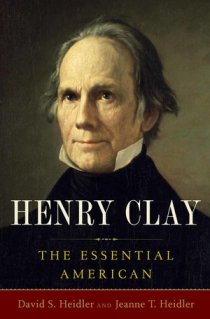This post is part of the APUSH Gameday series.

Butler University “Education, Research, Service”
On January 15, 1850, the Indiana State legislature adopted Ovid Butler’s proposed charter for a new Christian university in Indianapolis. After five years in development, Butler University opened on November 1, 1855, as North Western Christian University at 13th Street and College Avenue on Indianapolis’ near north side at the eastern edge of the present Old Northside Historic District. Attorney and university founder Ovid Butler provided the property.
In Indianapolis, Ovid established a law firm with partners Calvin Fletcher, Simon Yandes and future Indianapolis mayor, Horatio C. Newcomb. Butler became interested and active in political and social issues. In 1849, Butler established the political and abolitionist newspaper Free Soil Banner. Due to bad health, Butler gave up his law practice in 1849, seeking retirement.
Curriculum Connections: Sectional Issues, Founder Ovid Butler, Abolition


 Additional U.S. History Resources
Additional U.S. History Resources

